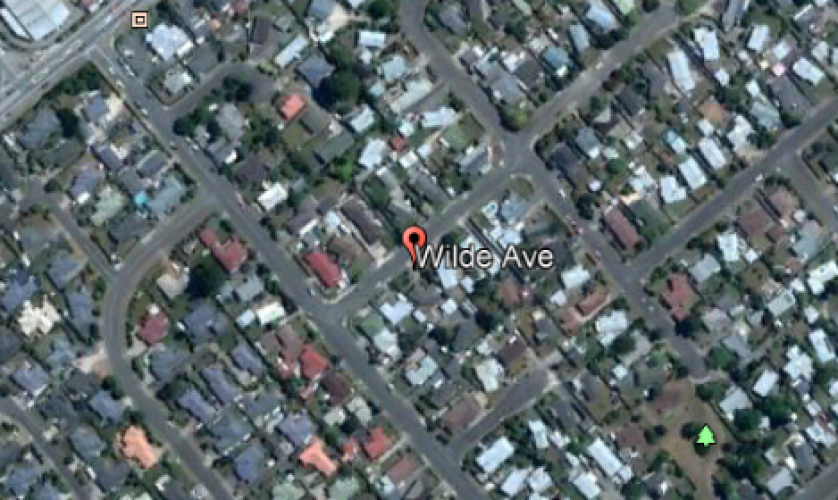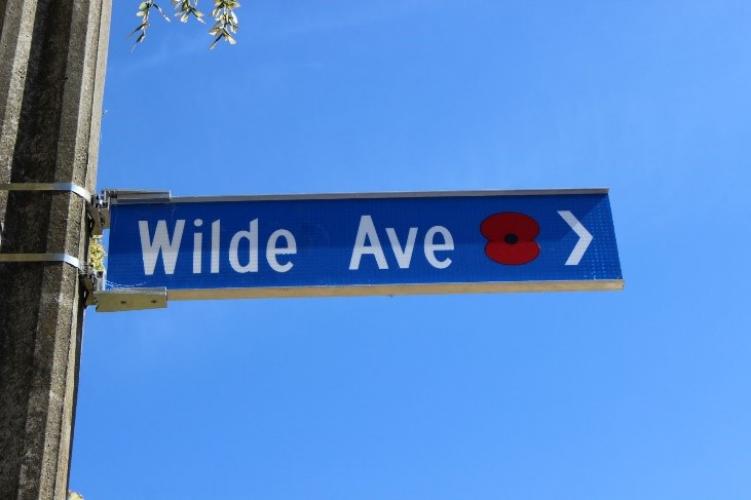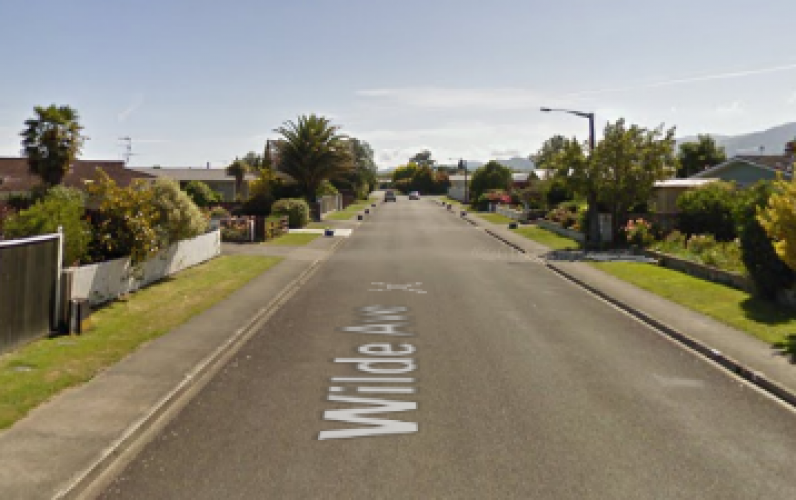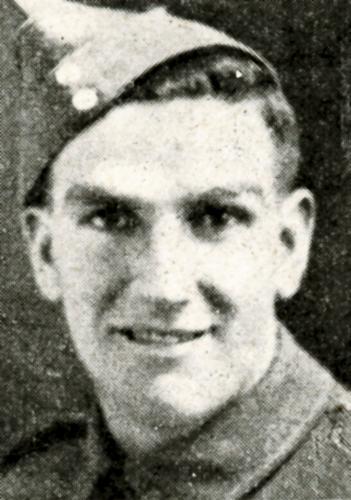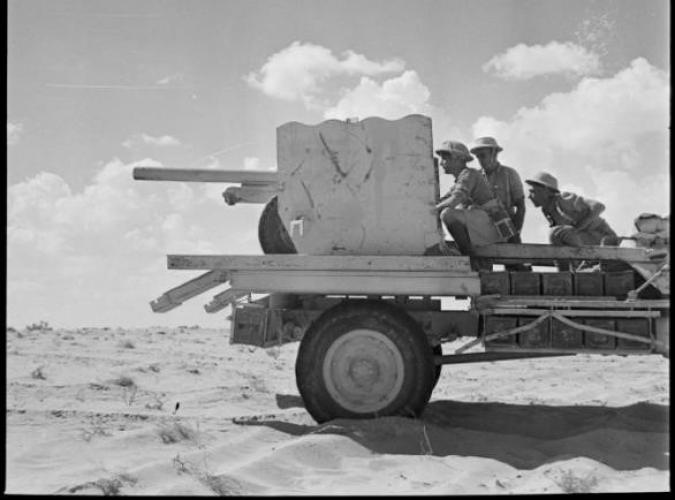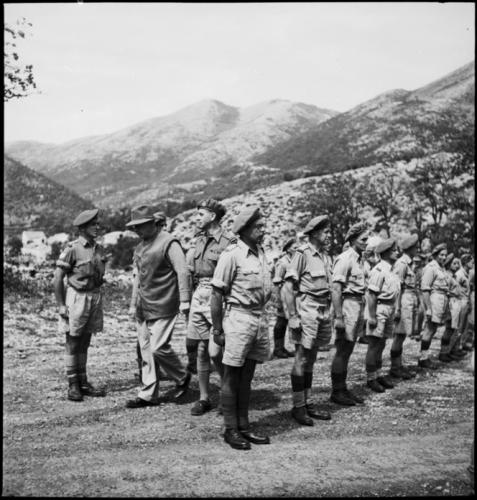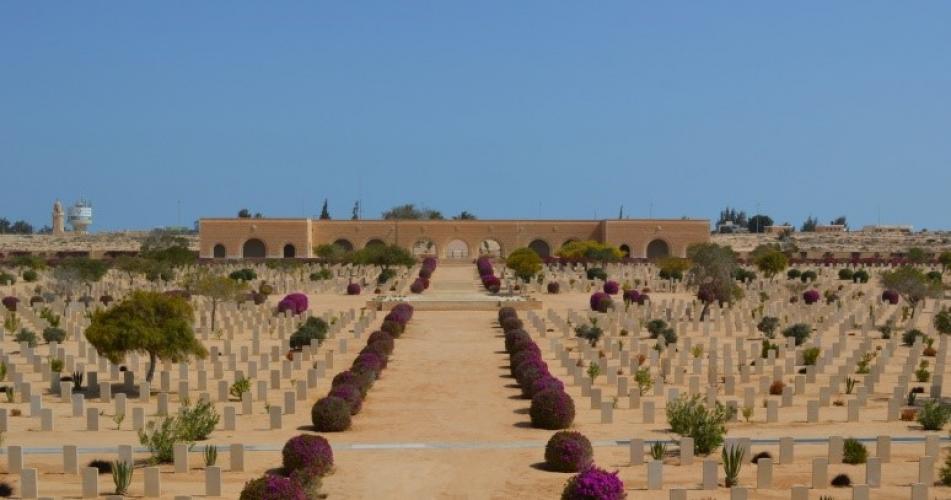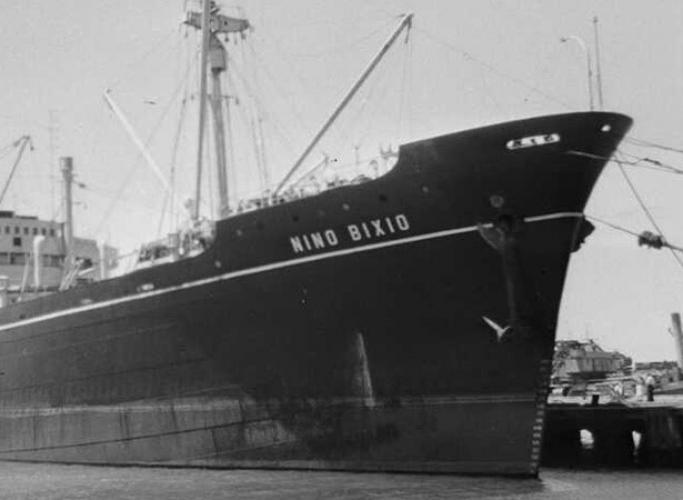246 Wilde Avenue Richmond, new street sign 2019
Reason for the name
This street in Richmond is named in honour of 16233 Gunner Eric Wilde New Zealand Artillery, 7 Anti-Tank Regiment who was killed in action during World War 2 1939-1945
Fallen servicemen have been remembered across Tasman district in various ways including the naming of streets and buildings, the planting of trees and the installation of monuments. In conjunction with the 100-year anniversary of the signing of the armistice that ended the fighting between Germany and the Allies during World War I, Tasman District Council installed new street signs acknowledging the service of fallen soldiers from Richmond. The move comes after the Richmond Waimea RSA asked the council to take part in the Poppy Places project by adding poppies to street signs named after fallen soldiers.
Richmond Waimea RSA president Ross Norgate and Tasman District Council’s Megan Bell managed the project. Tasman mayor Richard Kempthorne said the council was proud to be part of the project.
Author: The Poppy Places Trust
Eric was born 2 November 1918 and joined the Army as 16233 Gunner New Zealand Artillery, 7 Anti-Tank Regiment.
Address prior to embarkation was Dorset Street, Richmond, Nelson, Next of Kin Mr H.J. Wilde (father), Dorset Street, Richmond, Nelson, Eric was Singleand the son of Horace James Wilde and of Annie Jane Wilde (nee Buttery), of Orepuki, Southland
Died while a Prisoner of War on 17 August 1942 Aged 23. He was killed when the Nino Bixio, carrying Allied prisoners, was torpedoed.
Commemorated on Alamein Memorial, El Alamein War Cemetery, Egypt
118 New Zealand prisoners of war died when the Italian transport ship Nino Bixio was torpedoed by a British submarine in the Mediterranean. Their deaths, combined with the 44 men lost on the Jantzen in December 1941, amounted to nearly a third of New Zealand's POW fatalities during the Second World War.
The Nino Bixio was hit while transporting Allied POWs from Libya to Italy. With another unmarked prison ship, the Sestriere, it had left Benghazi for Brindisi on 16 August, escorted by two destroyers and two torpedo boats. Crammed aboard the Nino Bixio were almost 3000 POWs captured in North Africa, including more than 160 New Zealanders.
The day after it left Benghazi the convoy was attacked by the British submarine HMS Turbulent. The Nino Bixio was hit by two torpedoes: one exploded in the tightly packed forward hold, killing an estimated 200 men and wounding another 60. In the ensuing panic and confusion many men jumped overboard. Some drowned immediately; others reached makeshift rafts and drifted around the Mediterranean for weeks without food or water. Those on board who had survived the carnage were hauled up on deck by rope. The injured were treated by medical officers.
Despite extensive damage, the Nino Bixio did not sink. The ship was towed by an escorting destroyer to Navarino in southern Greece, where the dead were buried. The surviving POWs were transferred ashore, and those fit enough were shipped, after a short stay in Corinth, to Bari in Italy.
The Nino Bixio survived the war and visited several New Zealand ports during its post-war career as a freighter. Its attacker did not fare so well: HMS Turbulent was lost with all hands off the coast of Sardinia in March 1943.


